I was wondering - what's the difference between JavaScript objects, classes and functions? Am I right in thinking that classes and functions are types of objects?
And what distinguishes a class from a function? Or are they really the same thing, just the term for them changes according to how they are used?
function func() { alert('foo'); } // a function
func(); // call the function - alerts 'foo'
var func2 = function () { alert('hello'); } // acts the same way as 'func' surely?
func2(); // alerts 'hello'
var Class = function() { alert('bar'); }; // a class
var c = new Class(); // an istance of a class - alerts 'bar'
Sure, classes have methods and properties and can be instantiated - but then, I could do the same with any old function - or not?
